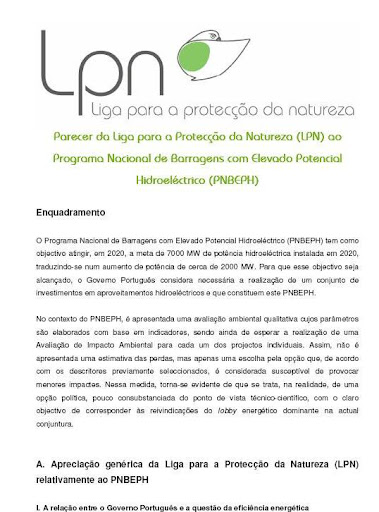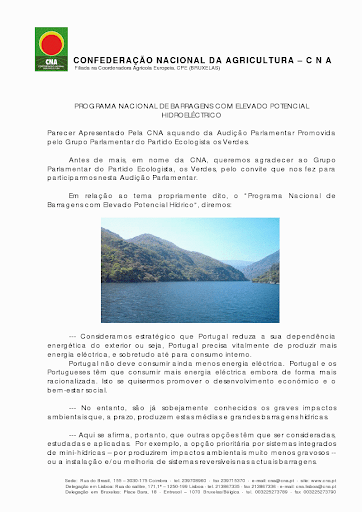BARRAGENS
WHY LATIN AMERICA IS STILL BUILDING DAMS
Almost 15 years ago, the top official at the U.S. government's Bureau of Reclamation, which is responsible for building massive dams throughout the American West, declared that the "era of big dams is over." Deemed unsafe, overly expensive and disastrous to the environment, hydroelectric power was dismissed throughout the developed world as a relic. Today less than 10 percent of electricity generated in the
But the moves toward hydroelectric
power have stirred up a flood of protest. In Mexico ,
there is fierce opposition to the La Parota dam, a 765-megawatt project planned
for the Papagayo River Guatemala Panama ,
Ecuador , Brazil and Paraguay ,
and in parts of Asia and Africa . Particularly
controversial are plans for a $3.2 billion, 2,750- megawatt series of dams in
pristine southern Patagonia, in Chile, which its many critics say will imperil
one of the world's most spectacular natural areas and the region's tourism
economy.
Opponents of such mega-hydropower
plants say they not only drown farmland and villages, but often, especially
along the lazy rivers of the low-lying tropics, produce energy at exorbitant
cost. The 2000 World Commission on Dams found that the construction of large
dams cost, on average, 56 percent more than originally planned. Nor are they
necessarily environmentally friendly. Big dams can destroy wildlife habitat,
and in the Ganges, in India ,
and the Nile, in Egypt Chile
Yet the dams keep getting built. Their
backers, in government and the private sector, argue there are few other
cost-competitive alternatives. After the expensive investment required on the
front end for construction, dams can potentially produce power at a relatively
cheaper cost over time, they say. For countries like Chile Chile
The governments in the developing
world have gotten help from, of all places, China Nigeria awarded China
Concern over global warming is
also aiding new construction of large dams in the south. The Clean Development
Mechanism (CDM), set up to help implement the United Nations' Kyoto Protocol,
allows governments and companies to offset their negative contributions to
climate change by financing dams because hydropower does not emit carbon
dioxide. About 25 percent of projects considered for CDM funding are dams. Yet
studies show that dams can produce significant quantities of methane, a
greenhouse gas 21 times more effective at warming the atmosphere than carbon
dioxide. In Brazil
The defenders of Patagonia
and other pristine natural environments threatened by big dams are now urging
decision makers to reject hydroelectricity and push ahead with more
ecologically palatable alternatives like solar, geothermal and wind. But for
many Chileans—like many in the developing world—the ultimate decision on
whether to send their wild rivers to oblivion will come down to how best to
meet their hunger for energy in the years ahead.
Jimmy Langman, in Newsweek - 12 de Setembro de 2008













Sem comentários:
Enviar um comentário